This post may include affiliate links.
If you make a purchase, I'll earn a small fee at no extra cost to you.
Choose the best type of garlic to grow, and learn about the different types of garlic. Find out which type can be braided, which gives the largest cloves, and lots more.
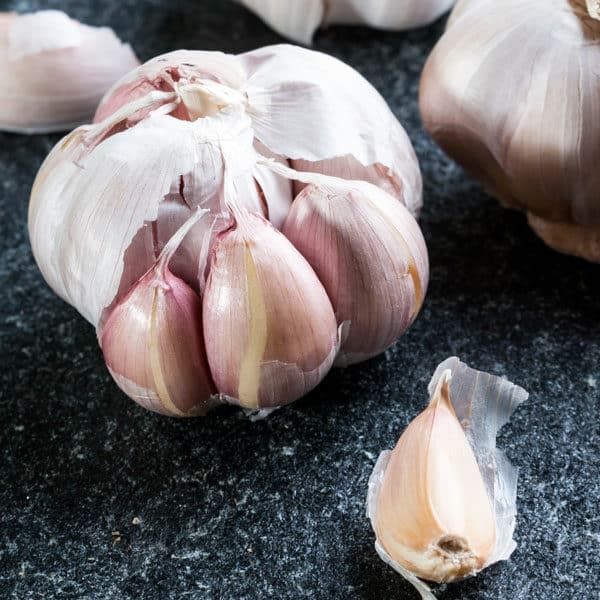
It’s fall, and that means it’s garlic planting time. Grandpa gave me a lot of tips about gardening, but he never mentioned that there are many different types of garlic!
The first time I shopped for seed garlic, I was astounded at all the types there are to choose from. I had no idea that there were different kinds of garlic with different flavors, and that and some of them will grow and store better than others.
Here’s a breakdown of the different types of garlic, so you can determine which ones are the best type of garlic to grow in your area.
Already have your seed garlic for this year? Check out my planting tips so you’re sure to have an abundant harvest next summer.
Types of Garlic
Garlic’s species name is Allium sativum. If you studied Latin in high school, you’ll recognize that the allium name means that garlic is related to onions, shallots, leeks, and chives.
There are two major varieties of garlic, hardneck (ophioscorodon) and softneck (sativum). Do you feel like you’ve had a crash course in Latin yet? Don’t worry, I’ll use hardneck and softneck for the rest of this article. 😉
By the way: elephant garlic (Allium ampeloprasum) is not actually garlic. It’s a type of leek that provides very mild garlic flavor. Since we love BIG garlic flavor around here, I don’t grow elephant garlic.
Why does the variety of garlic matter?
Good question! I’m glad you asked.
While you use hardneck and softneck garlic in exactly the same way (in pesto, stir-fry, spaghetti sauce, etc) they each look a little different and have different storage life.
Yes, you can grow both and they don’t cross pollinate–so you should absolutely try both this year. I usually grow 3 or 4 kinds of garlic each season.
Hardneck Garlic
What does hardneck mean? This refers to the thick stem or flower stalk that grows up in the middle of the bulb.
This thick stem is called a scape, and it usually grows into a squiggle at the top of its stalk. Scapes can be harvested while still squiggly, for use in scrambled eggs or stir fry. They give a mild garlic flavor, sort of like a green onion.
If you leave the scapes to grow, they will become woody (i.e., not good eats) and eventually flower. I prefer to cut the scapes off so that all of the plant’s energy is going to the bulb, not to the scape and/or flower.
Hardneck garlic typically has fewer and larger cloves that surround the scape, and the paper “skin” that encloses each clove is easy to remove.
Sounds like a dream, right? Bigger cloves, easy to use…the only drawback with hardneck garlic is that it doesn’t store as well as softneck.
I harvest my garlic in June or July (check out my tips for harvesting and curing garlic). I use my hardneck garlic harvest first, because they will start to sprout and grow within 2-3 months.
If your garlic starts to sprout before you can eat it all, you can chop it up and freeze it.
Softneck Garlic
As you may have surmised, softneck garlic does not have a stem, or scape. Because they’re not spending energy growing this stem, they usually have more cloves than hardneck garlic.
The inner cloves are smaller, and there can be anywhere from 4-8 larger, outer cloves. This can be helpful for chefs who want the option to choose larger or smaller cloves in a recipe. You can also save the very largest cloves from your harvest to plant next year.
If you like to braid and hang garlic in your kitchen, you’ll want to use softneck garlic. You’ll be able to braid the leaves, since there is no woody stem, and softneck garlic keeps longer than hardneck.
Choose the Best Garlic
Important note: when choosing your seed garlic, consider its country of origin. For example, if you’re in Florida, garlic that originated in Russia probably won’t grow well for you.
These are my favorite varieties of hardneck and softneck garlic. Both grow well for me here in Zone 9.
Chesnok Red (hardneck)
If you like roasted garlic, Chesnok Red is the variety for you. It retains its flavor and texture when roasted, and is a great cooking garlic. It has large violet bulbs with 9-10 cloves that are easy to peel.
Basque Turban (hardneck)
Basque Turban matures quickly, so it can be harvested and enjoyed early in the summer. It has purple stripes on the bulb and cloves and usually produces from 6-8 large cloves per bulb.
Inchelium Red (softneck)
Inchelium Red has large bulbs with a thick outer skin, and can have several clove layers. It’s vigorous and tasty, with a mild, lingering flavor.
Read more about Growing Garlic
Chesnok Red and Inchelium Red photos courtesy of High Mowing Organic Seeds.

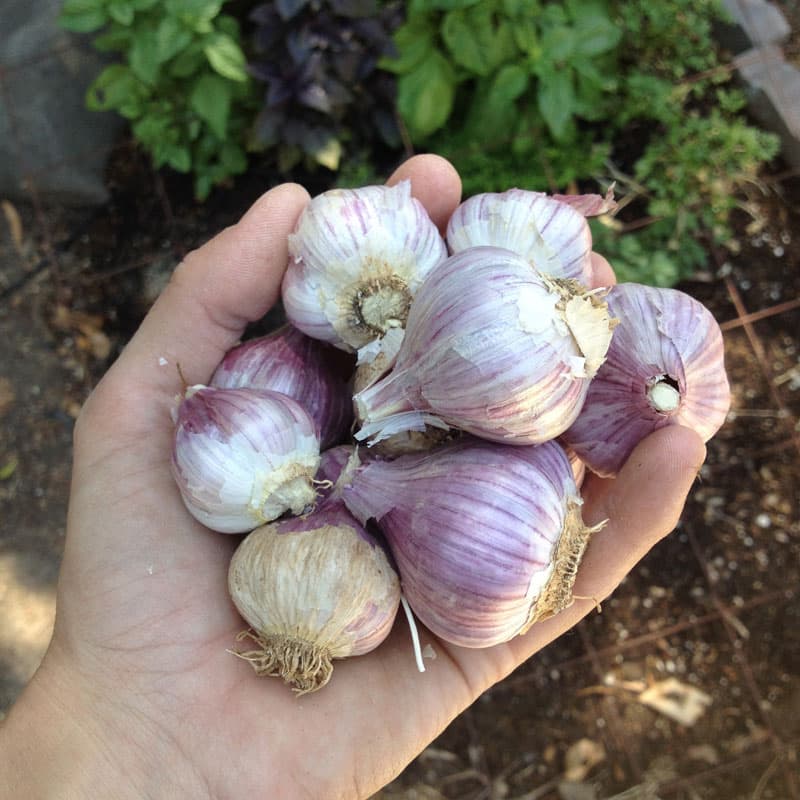
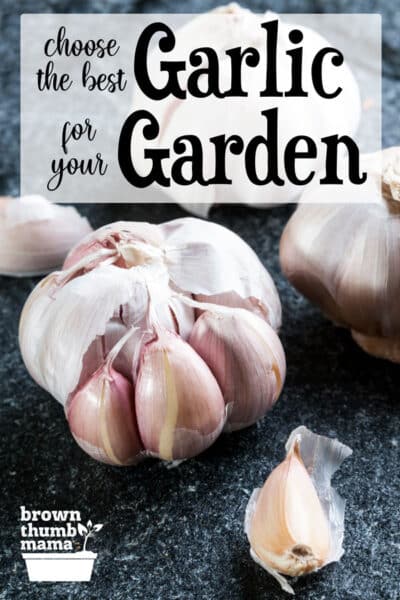
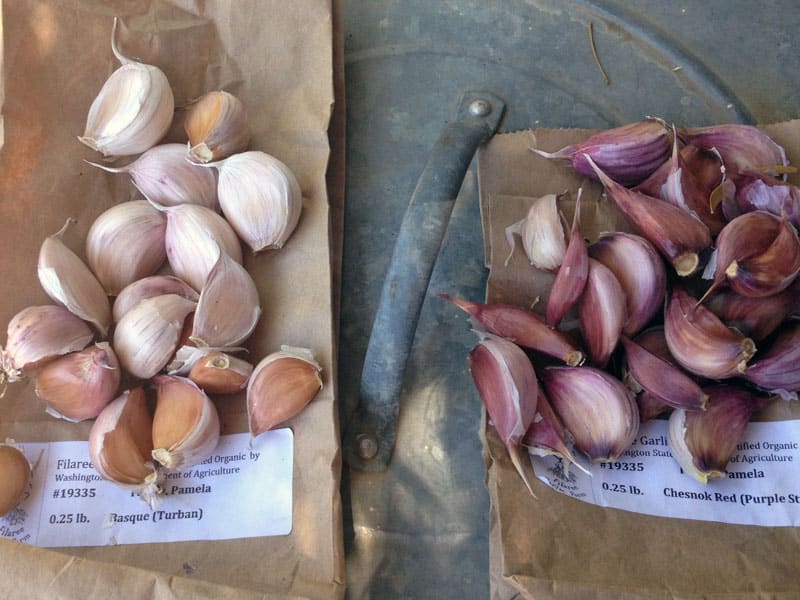
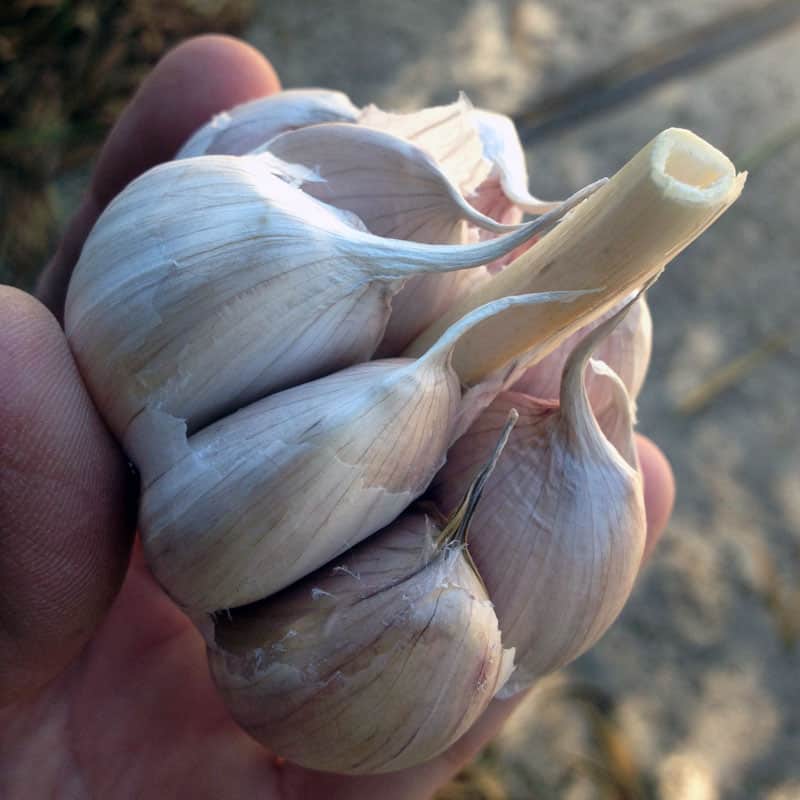
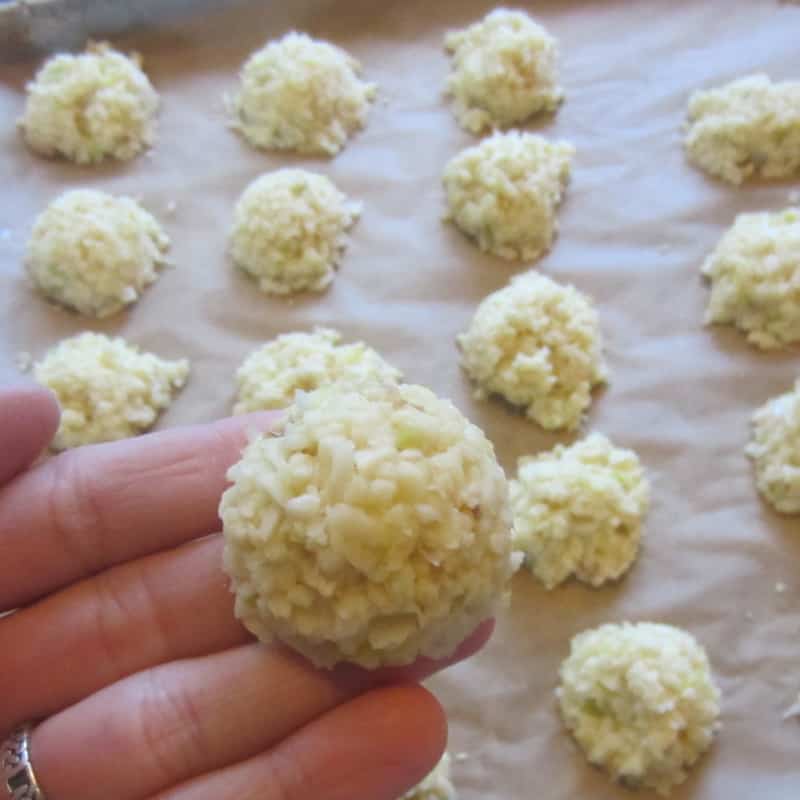
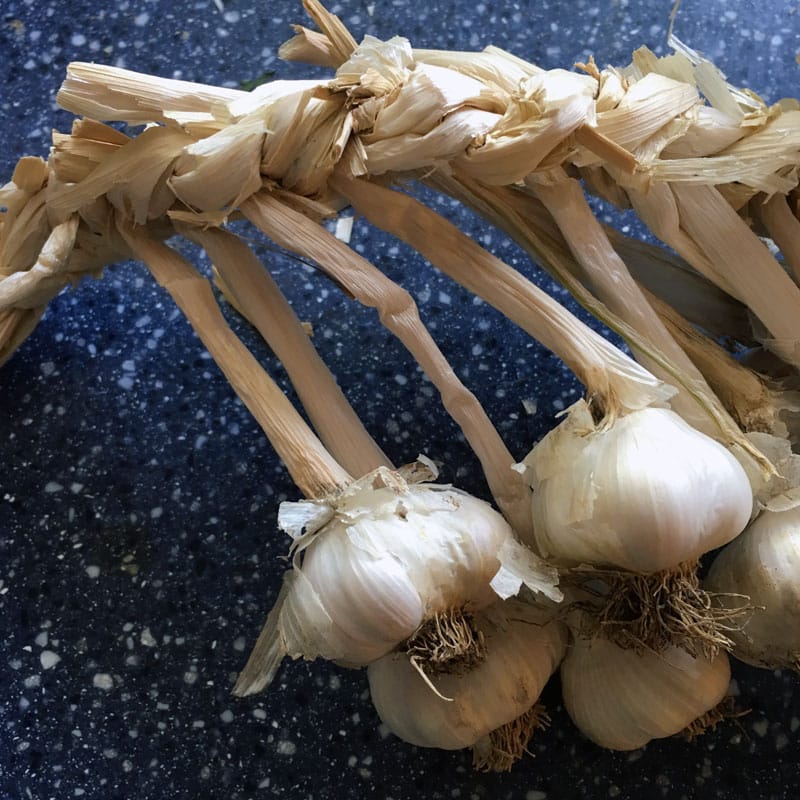
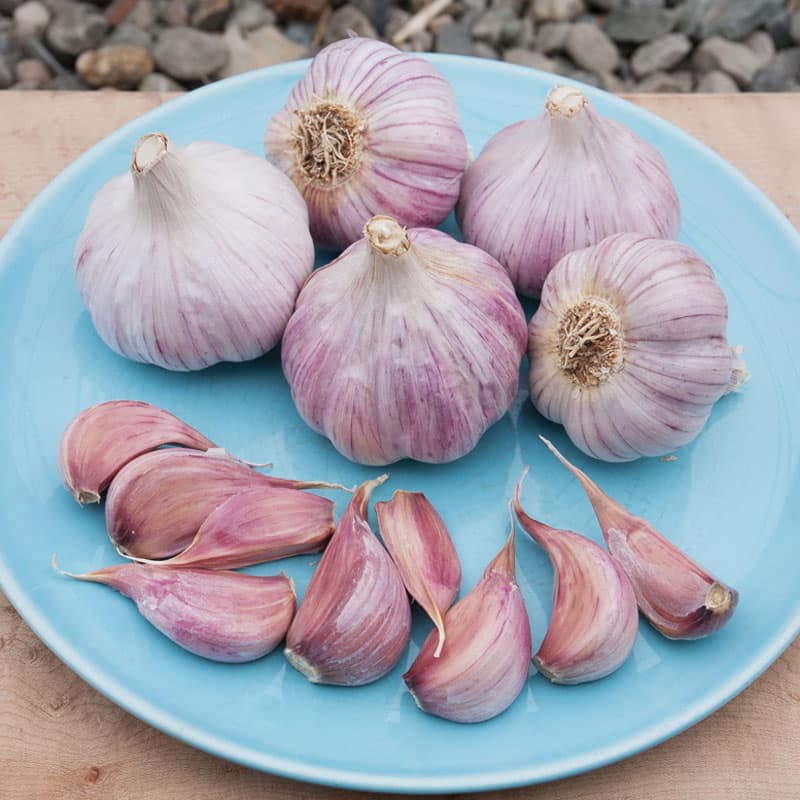
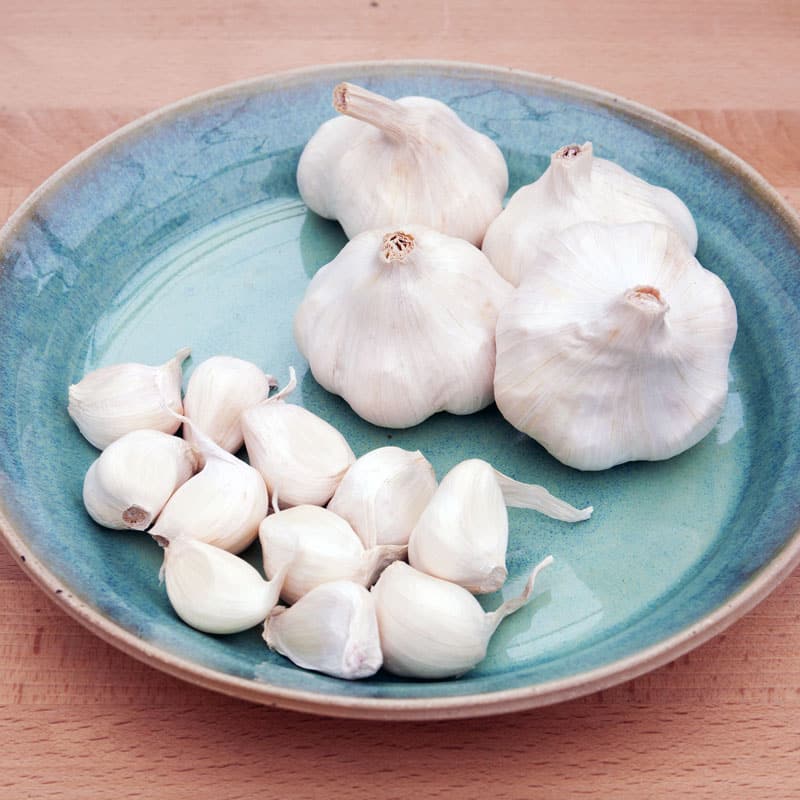
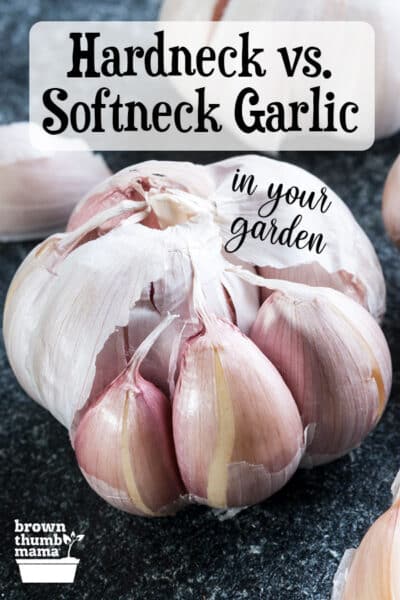

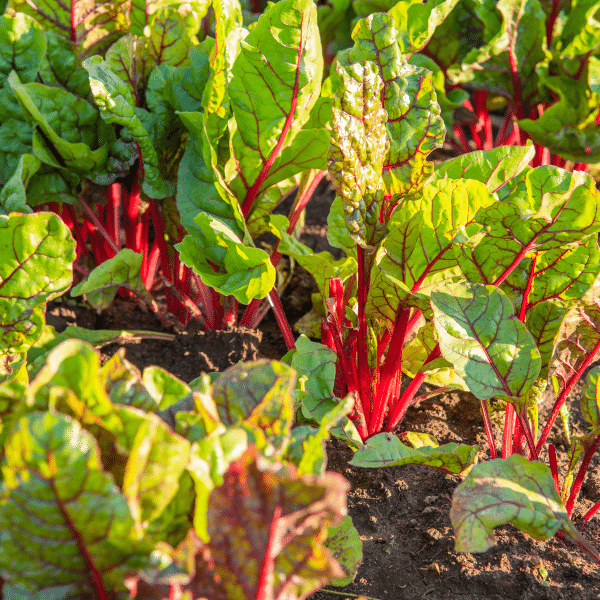
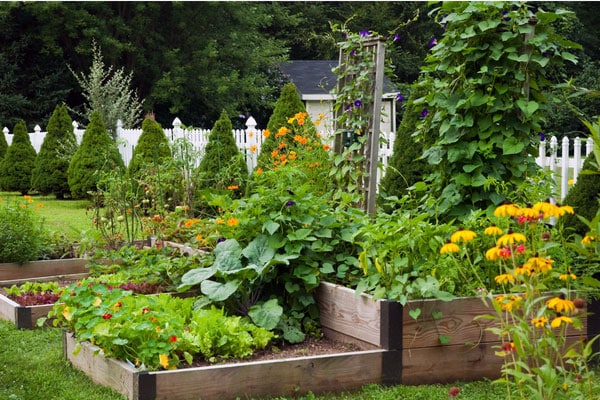
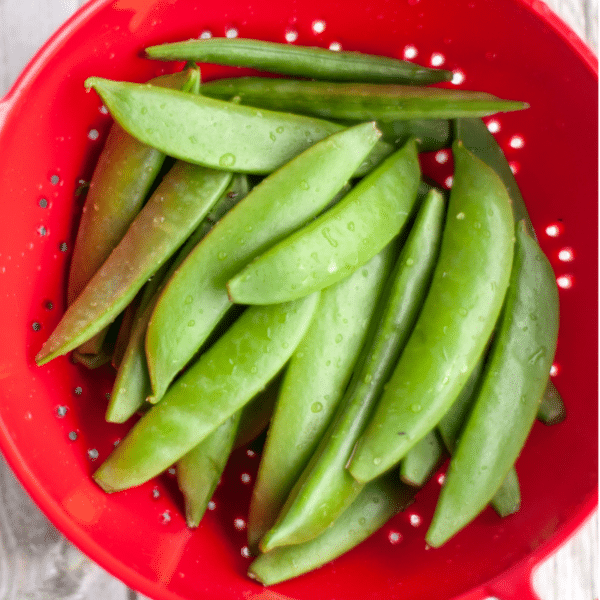
Which garlic is better suited for hydrofonics
Can garlic be grown indoors like some herbs? I live in Northern MN and definitely won’t be planting garlic this fall.